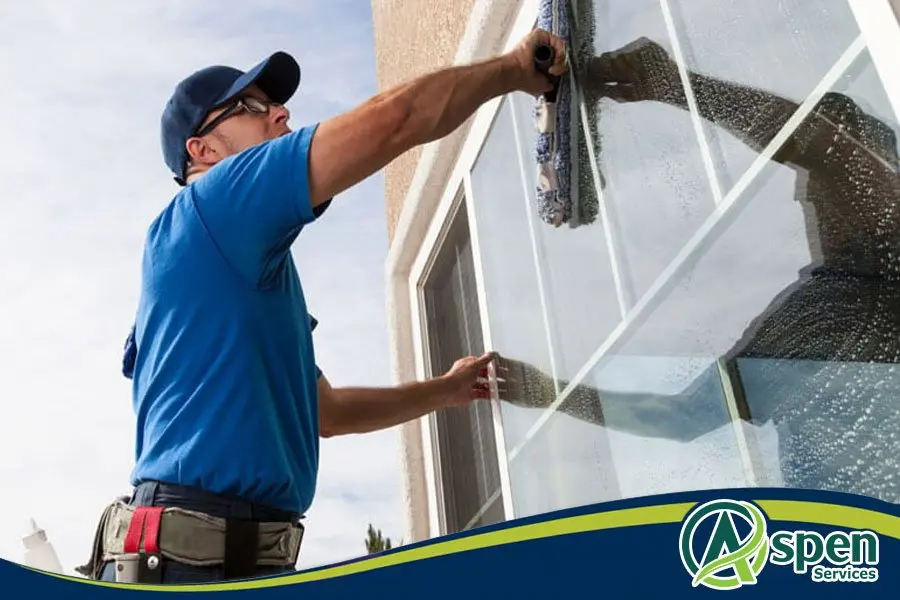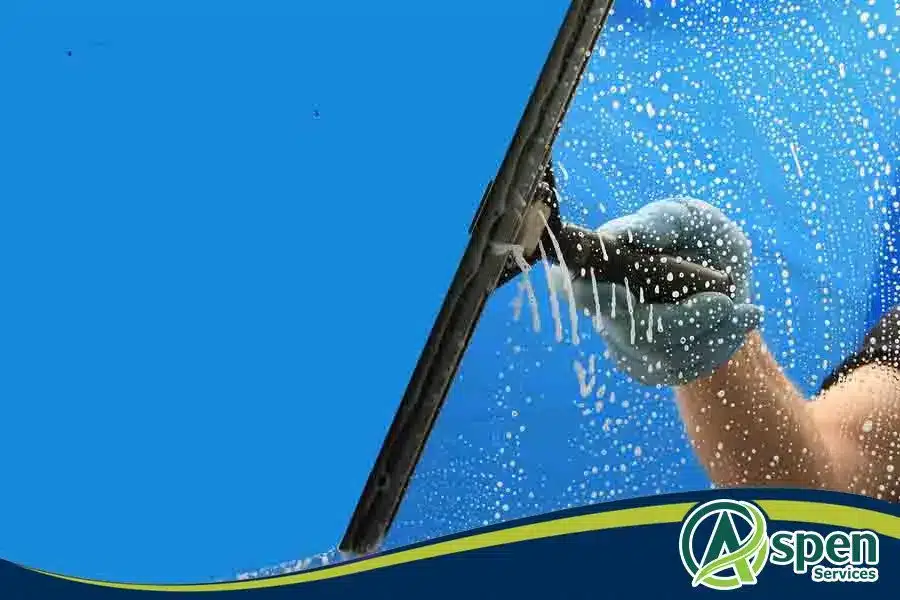Cleaning services are provided by commercial cleaning firms that specialize in the commercial cleaning industry. The quality of the service given by a commercial cleaning business is influenced by the steps taken by the firm. So, these are the seven steps that commercial cleaning takes.
1. Remove the trash
The disposal of trash is the most important stage in commercial cleaning. Trash removal includes dust, grease, organisms, and other material items from the floor. During this step, the waste items are removed and deposited in the trash bin.
2. High Dust Cleaning
Using a high-dust vacuum cleaner, the second stage in the cleaning process is completed. It was at this time that the cleaners would remove the dust from the ceiling’s top. In the high dust cleaning stage, vacuum cleaners are used as the major equipment, and blowers are not suitable for this application.
3. Clean and disinfect surfaces
Even though commercial cleaning personnel provides cleaning services following the prior procedures, they may be missing the cleaning of the invisible dust. As a consequence, it would be necessary to wipe the surfaces with detergent and disinfectant to get rid of them. This procedure will assist in lowering the proportion of germs in the commercial cleaning process and will affect the implementation of high-quality service.
4. Clean and Disinfect restroom
In commercial cleaning, this is one of the critical stages. This has a direct effect on the workers’ health and safety. This phase involves the cleaning of surfaces in the restroom, equipment in the restrooms, and the mirror. This is the first step in cleaning, and utilizing detergent is essential.
5. Dust mop floor
After doing the previous steps, the surfaces in the commercial spaces are clean. In order to remove the dust from the floor, the cleaners would be using the wet mops by the cleaners.
In order to do the dust mop on the floor, the cleaners would do dust cleaning by the first mop. Then, the double bucket procedure would be done. As the third step, wring out the wet is done. As the last step of the dust mop floor, the commercial cleaning employees would be cover the space and dry them. With these stages, a dust mop floor would be done.
6. Stock cleaning equipment
In this phase, the cleaners would store the cleaning equipment, such as PPE and cleaning supplies, as well as garbage, in the appropriate locations.
7. Final Inspection
The cleaner examines the areas to make sure they are all clean. If there are any issues, they are corrected. Ensuring the quality of the cleaning is assisted by this procedure.
Final Thought
Following correct steps would help to enhance the quality of the outcome from commercial cleaning.










